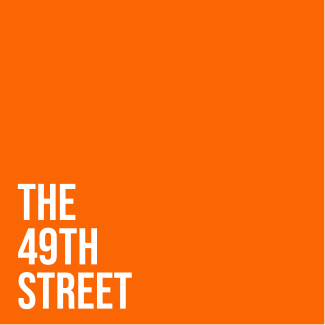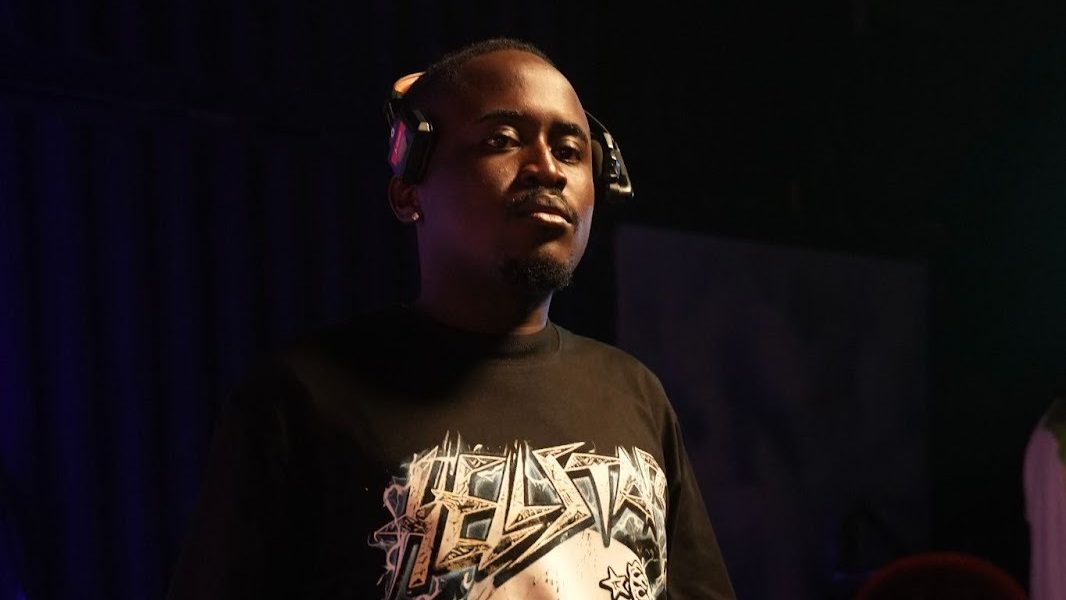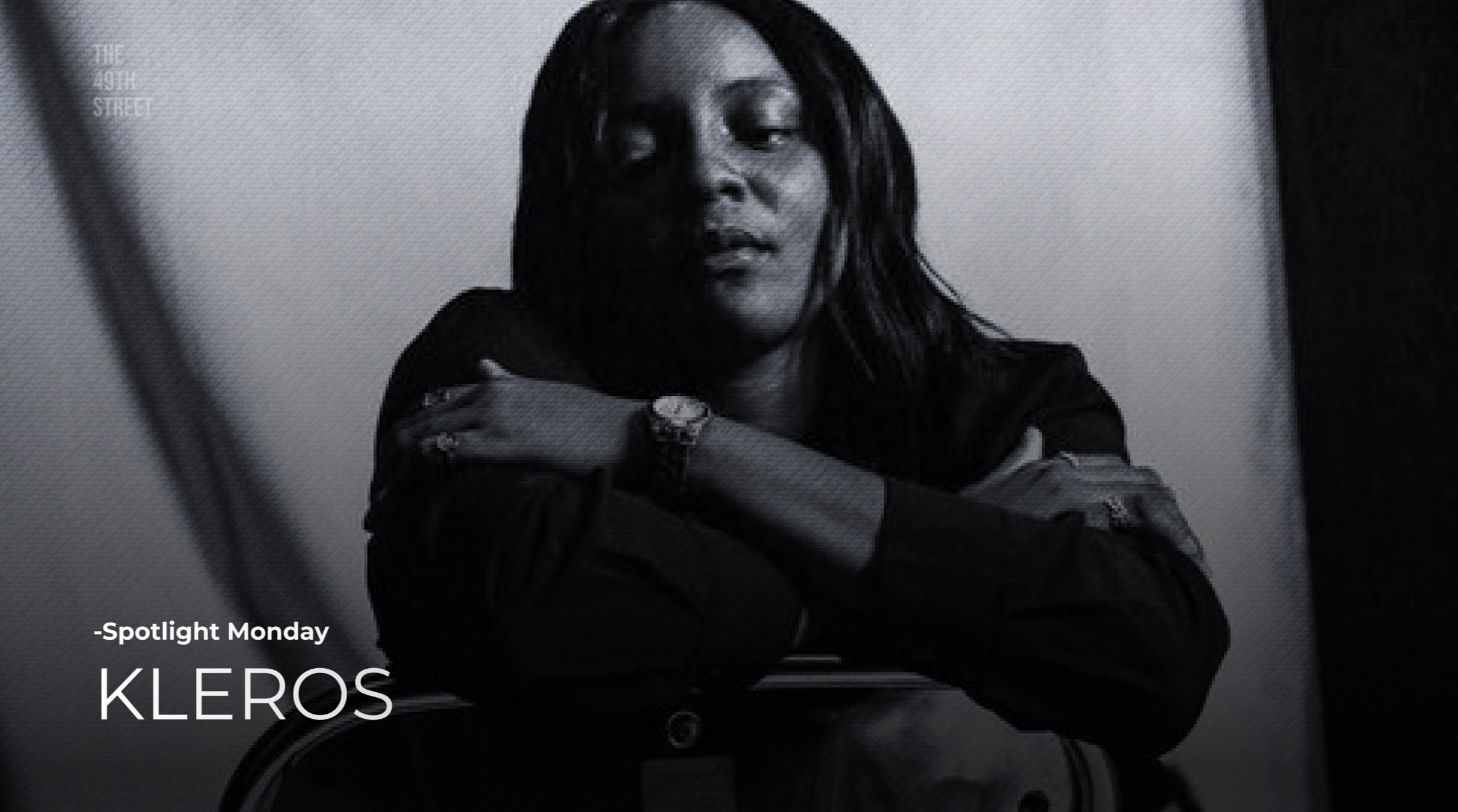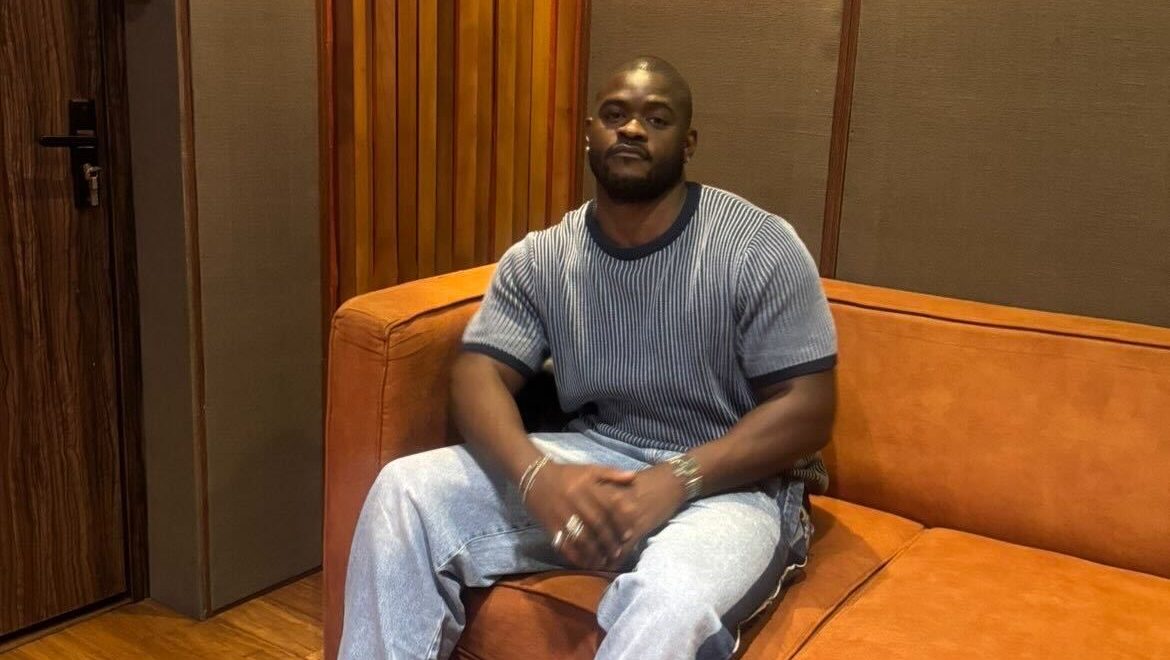In December 2023, the rough sketch for Memoria, SDL’s first solo exhibition, called out to him in the manner that God calls man to ministry, and like any true servant, he heeds the call. Art has been SDL’s ministry since birth; “My mother would tell you I was born drawing,” he quips. Cartoons, comics, and films influenced him later on, but his gravitation towards art was natural, almost like it was preordained.
For Memoria, the desire to immerse people in an artistic world was the guiding principle that led to its creation. In trying to achieve this goal, he too submerged himself into the world he was creating. In April, four months after acquainting himself with the idea of Memoria, there was a shift, a yearning to dive deeper.
“I wasn’t connecting with a lot of people I used to connect with because I felt like I was evolving on a different frequency,” he surmises. For a week, SDL cut off connection with the online and offline worlds, and what followed were days of meditation and journaling, which he continued till the collection reached its peak, and thirty-seven fleshed-out concepts despite deciding to make twenty-four artworks, with nine already done.
April breathed life into Shalom, a piece in the collection. The word finds its etymology in the Hebrew language, and while it means peace or wholeness, it takes on a greater translation for the artist: “In the stomach of heaven, I sit with angels.” It captured the state he was in at the time: “I felt like I was communicating with spirits higher than myself.” This feeling of being suspended in the realm of spirituality never left him. It stayed guiding his hands and guarding his heart. “There was a lot going on in the world with school and life, but Memoria had all of me.”
Spirituality is not foreign to SDL. It is a concept he has rolled over in his mind countless times. “I have been on a long journey of spirituality my whole life,” he states. This interaction with spirituality is reflected in his work because he believes, “as long as we don’t understand spirituality and themes of God fully, we may not be able to express ourselves fully.” Often, this expression is shown in his portrayal of African cosmology. He has tried various religions, but nothing has made him quite at ease in his skin like our cosmology.
Related: 49th Exclusive: SDL Just Wants To Be Heard.
“Historically, it has been suppressed, and I believe if much effort is put into suppressing a thing, then there must be some truth to it,” he explains. African religion is steeped in ancestry; ancestors are heralded, and it makes the case for SDL’s enthralment by the religion, as his ancestry is dear to him.
“I used to have dreams where I communicated with my grandfather’s grandfather, and I don’t even know what they look like. But there was a feeling, a feeling of shared heritage,” he remarks.
As much as he views African cosmology through a religious lens, it is also political. Many would argue that Christianity and other forms of religion are the beliefs of a foreigner (mostly White men) that made their way to Africa. In the 1897 book British Central Africa by Sir Harry Hamilton Johnston, the sentence “The white man’s justice is, after all, better understood than the white man’s religion by the negro; the change from superstition to Christianity is almost too sudden” has been quoted often to describe the White man’s presumptions of the African people.
By referring to African religion as “superstition”, it refuses to acknowledge it as a distinct religion and imposes Christianity (often seen as the White man’s religion) as the superior religion.
This stance has since become relevant to African religion in any discourse. By embodying African cosmology, SDL is educating while restoring the lost glory of the religion. “I am an artist and an artist of African descent; I have a responsibility to educate people through my work.” He muses.
“If you have an enlightenment on the subject, you should plant a seed that sends someone down a rabbit hole, down a path that helps them discover themselves,” he admonishes.
Most artists’ firsts tend to spell out their vision and statement, and for SDL, Memoria is truly and wholly him. It is an amalgamation of all the parts that make him splattered on a canvas. In one of the pieces termed “Ajonoku”, named after the street in Ilorin, where he grew up in—the city the artist calls home—he tries to recreate an image from his childhood.
“In the piece, the house floats midair. I’m standing there holding my dog as a puppy. A giant lizard rests on the roof, with a floating goat and a possessed-looking chicken in the sky,” he describes the painting. “That place was deeply spiritual and dark, surrounded by drugs, cultists, and a mosque right across from us. At night, you’d hear crows shrieking. My mum would say they are witches and I should start praying,” he laughs. “These eerie fragments stayed with me, and Memoria became a way to hold them.” While a lot of himself is in the work, he says people can still see themselves in it.
SDL is like a man telling tales of his beloved when he speaks of Ilorin. He credits the direction his art has taken to Ilorin. “Growing up as a creative in Ilorin, you feel distant from the world, especially pop and mainstream culture, because it’s not happening around you. Unlike Lagos, where it’s all in your backyard, Ilorin feels removed. That distance makes you a kind of rebel. Your work takes on a different, more original form because you’re not shaped by what’s trending.”
However, he admits that this originality can be and has been a roadblock in the past. “But because the work is so original, some people might not relate to it or even dismiss it. Still, there are so many incredible artists doing unique things right now. Lagos is already Nigeria’s cultural hub, so coming here as someone raised in Ilorin feels like speaking our own creative language in the centre of it all,” he shares. The choice to stage his first solo exhibition is influenced by his need to show Ilorin to the world. To force people to see that greatness can be forged in unlikely places.
When asked what he wants people to feel when they cast their gaze on Memoria, he responds, “I just want them to feel, period.” He continues, “If it takes you on a journey, great. If it haunts you like a nightmare and ruins your life, I’ll apologise, but I’m okay with that too. I’m glad for anyone who has a spiritual awakening, but really, I just want you to feel something. Even if you’re repelled and walk out thinking, “What is this monstrosity?”—perfect. Love it, hate it, feel confused… as long as you feel, that’s enough.”
The Memoria exhibition is produced by Booze and Peppermint in collaboration with A Whitespace Creative Arts Foundation. It will run through July 12-18 at SO. Nne, 17 Maitama Sule Street, Off Awolowo RD, Ikoyi, Lagos. More details here.





